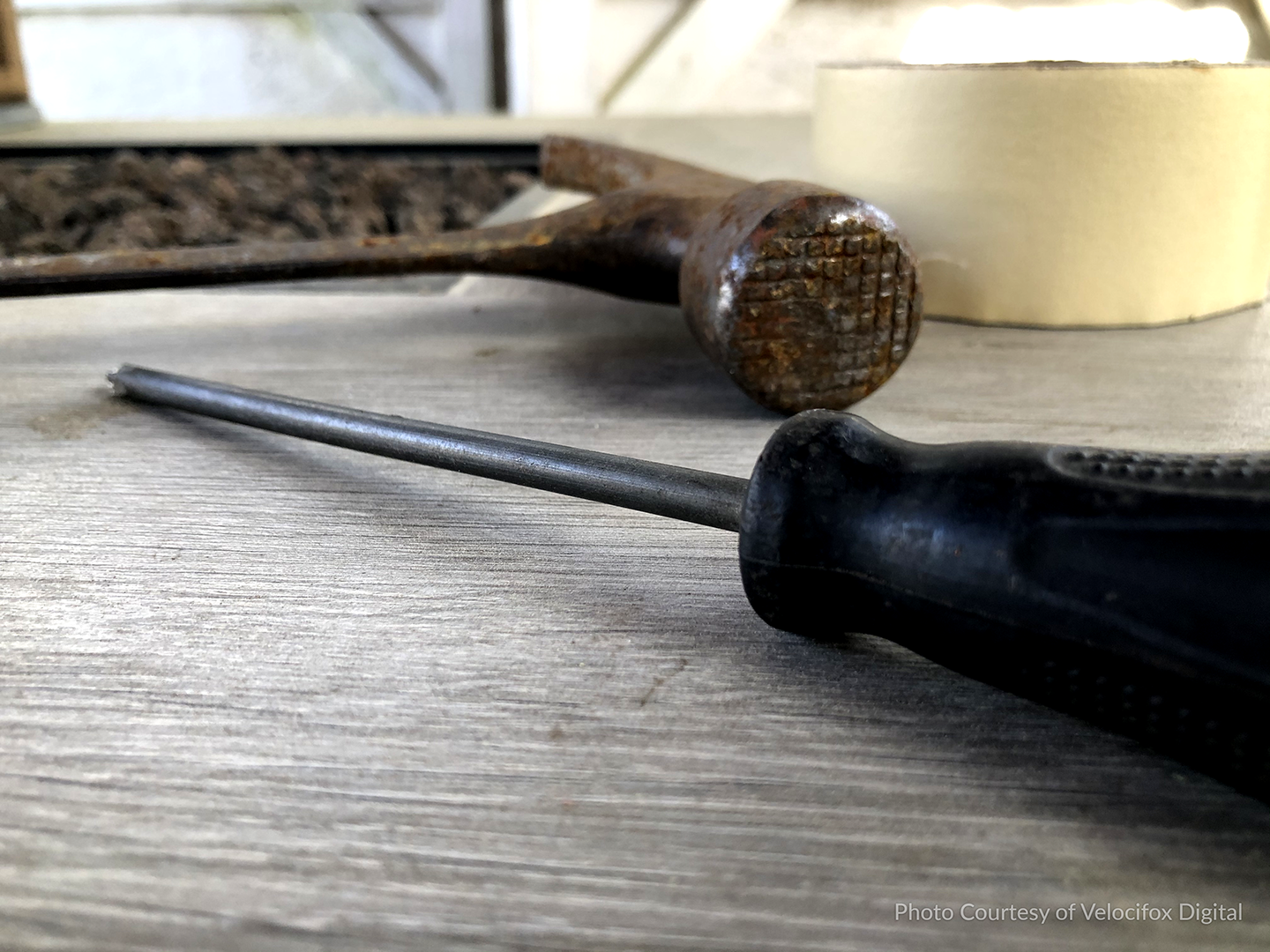This is the second in series of blogs about the home inspection process. In Part 1 (click here to read it) we talked about what a home inspection is and why it’s important to get one when buying a home.
In Part 2 of this series we’ll cover the actual inspection report and how to deal with the findings.
What Does An Inspection Report Look Like?
So, you wisely took your Realtor’s advice and hired a home inspector. Good for you! Let’s see what they found out.
After three or four hours of crawling all over the prospective home, your inspector will send you a multiple page report of what they found. Here’s an example of what a report might look like. 



Most reports will provide a summary of the inspector’s findings followed by a more detailed, point-by-point narrative of any issues found. And photos of each trouble spot, where possible. These findings often show not only what’s wrong but also the risk of having that issue going un-repaired.
For example, some inspectors still climb up on a seller’s roof to inspect it closely. But most will use a drone or other means of photographing the roof and it’s components. They’ll alert you to things such as loose or damage shingles, leaks around sealed pipes, etc. If your inspector finds some of these issues they’ve ALREADY saved you thousands of dollars in unforeseen repairs. You’ll also get a more detailed view of what’s going on in the attic, where roof leaks are harder to see. But you’ll also find out if there’s enough insulation in there or if mice or squirrels are living there ahead of you. Again, we’ve seen these reports as long as 60 to 80 pages long. If you’d like to see a full report example (with personal info redacted) contact us and we’ll email you one.
How To Deal With The Report
Now that you have this hefty report what do you do with it? First, don’t be spooked by the report. EVERY home has flaws – even the one you’re moving out of! So, now it’s time to decide which issue in the report you can live with “as is” and which you can’t.
You really have about five options at this stage:
- Ask the seller to make the repairs themselves
- Ask for seller credits toward your closing costs
- Ask the seller to reduce the sales price to make up for the repairs/fix them yourself
- Back out of the transaction (if you have an inspection contingency in place)
- Move forward with the deal as is.
Which option or combination of options you choose should first be discussed with your Realtor. Factors such as the state of the market, repair costs, sellers’ mindset, etc. will weigh into this decision.
How To Negotiate Using An Inspection Report
Depending on the severity of the issues found during the home inspection, most buyers choose to move forward in some fashion with the deal. After all, the buyer still loves the home. It’s the one they’ve been looking for, etc.
It’s time to negotiate.
The sellers will probably be willing to negotiate to have major issues repaired (roof, etc). But they may not budge on aesthetic or superficial items that really don’t impact the overall fortitude of the home. In a strong sellers’ market, they usually won’t negotiate on issues that were obviously visible or known before you made your offer for their home.
We feel it’s a good idea to do some research before the negotiation. Think about these areas:
- Understand from your Realtor the state of the market where you’re buying. What’s the scarcity of homes? What’s the list price to sales price ratio?
- Then, examine your desire for the home. Sit down with your family and have an honest discussion about how much you love (or don’t love) the home. Make a list of pros and cons. Decide which items you could live with or fix yourself.
- If you have time, get estimates of the size and cost of the most important repairs. The costs may outweigh the value. Or delay your move-in.
- Think about the severity of the problem. Is it a high-risk/high-cost issue you’re stuck on? Or a low-risk/low-cost one? Are they safety and health issues?
- Consider your future plans to renovate or remodel. Is that water damaged wall in a room you were thinking of expanding anyway? Were you already planning to replace those loose ceiling fans?
- Finally, consider your budget. What can you afford? What do you truly feel the seller should rightfully fix (i.e. deferred maintenance issues vs. repainting).
Once you’ve arrived at your own assessment get with your Realtor and turn them loose on a strong negotiating mission. Hopefully, your Realtor has the right experience – as we do – and knows the in’s and out’s of negotiating repairs.

